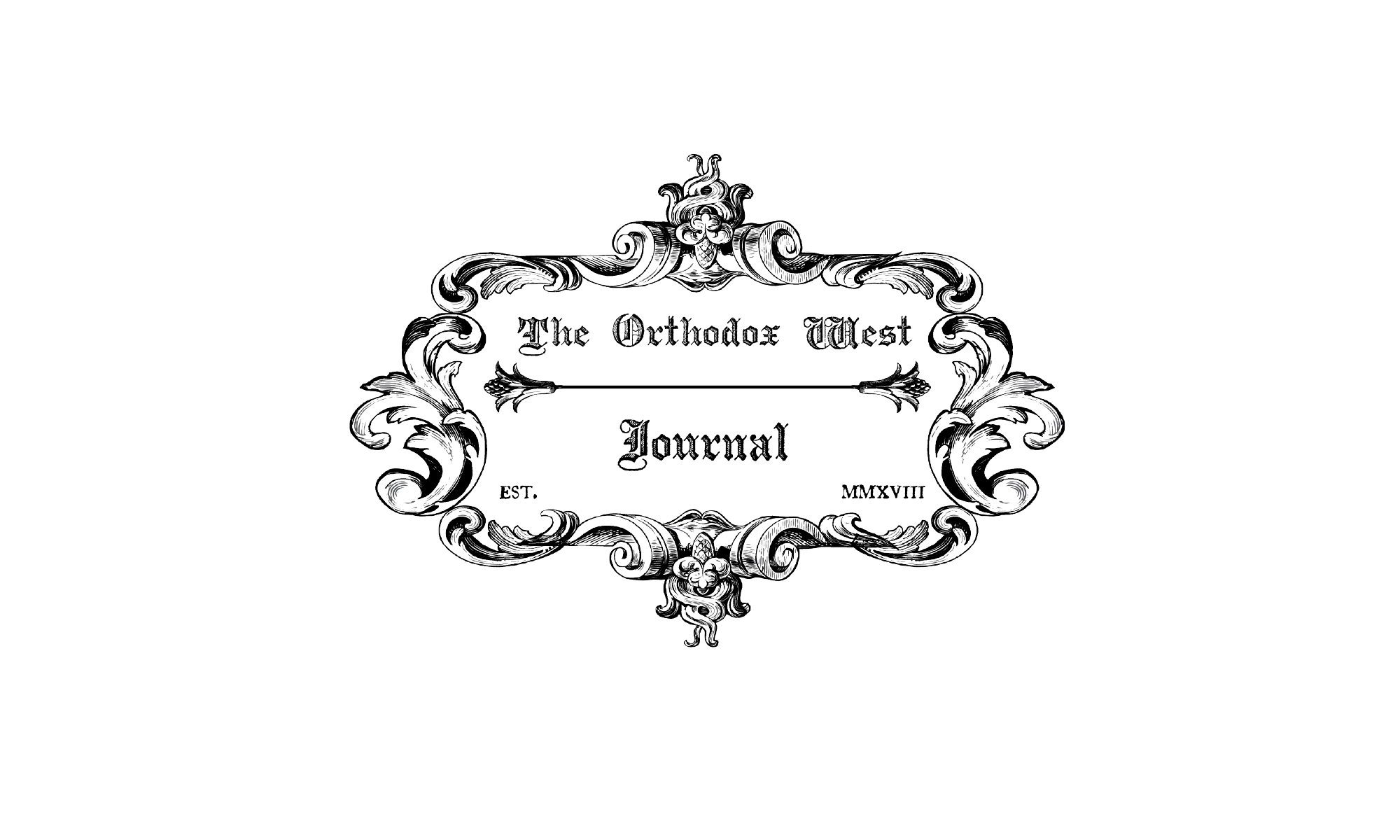“Congregations and parishes, or larger administrative units, may be received…and be permitted to retain and use all such Western liturgical rites, devotional practices and customs that are not contrary to the Orthodox faith and are logically derived from a Western usage antedating the Papal schism of the eleventh century.” This is from the 1958 Western Rite edict of Metropolitan Antony of the Antiochian Archdiocese of North America.
The purpose of this edict, issued at the start of the Western Rite in the Antiochian Archdiocese, was to “provide a provisional norm for such action as may be required in the immediate future…”. There’s a wise provisionalism to this pioneering document, but the trajectory it would set for the Antiochian Western Rite Vicariate (AWRV) would be followed since its promulgation.
That trajectory for the AWRV is informed by the foundational philosophy embedded in that quote at the top of the page. This philosophy recognizes the legitimacy, Orthodoxy, and fruitfulness not only of rites and devotions from before the 11th century Papal schism, but crucially also of those that are logically derived from them.
“Recently we have noted that other parts of our Orthodox Church have provided for the reception of separated Western Christians by authorizing the retention of rites and ceremonies used in the West before the Papal Schism of the eleventh century,” wrote Met. Antony, but then in the following directives he broadened his own instruction to include usages that could be shown to have logically developed from those earlier, unquestioningly Orthodox practices, keeping their spirit, rationale, and ethos. This is still the governing philosophy for the AWRV.
The result has been the vicariate settling on a very conservative total of two distinct usages, one of an Anglican patrimony and one of a Roman Catholic. Why? Because in North America those were the two largest groups with both the appropriate liturgical pedigree and the most proclivity to join the Orthodox Church through the Western Rite provision. In other words, it was a pastorally motivated decision.
But wouldn’t anything coming after the Schism in the West make it defacto “un-Orthodox?” Leaving aside the exact nature of the reciprocal anathemas of Cardinal Humbert and Patriarch Michael Cerularius in 1054 and the complex, ambiguous, and protracted fallout from those anathemas, what certainly does not follow from that event is the conclusion that the Latin West was immediately incapable of recognizing, perpetuating, or producing anything Orthodox. The more honest and accurate historical position is rather that in many regards the Catholic West has generally held an extremely conservative policy regarding liturgics, and that where new composition or development of rites or devotion have occurred these can sufficiently be assessed for their consonance with the Orthodox Faith using the true spirit of Orthodoxy–the canon of truth–and not an arbitrary cut-off date.
Not everything collected in Anglican or Roman Catholic tradition up to this last century has been maintained in the usages of the AWRV (or ROCOR’s Western Rite), but also not everything postdating 1054 has been rejected. The ecclesiastical history of the West for the last 1,000 years is long and variously textured, complicated and at turns both ugly and beautiful, holding elements of Orthodoxy and elements of error, producing people both heretical and (by all accounts) sanctified. And, let us not forget, the ecclesiastical history of the East for the last 1,000 years can be described in very similar terms.
God, in his providence, uniquely and specially preserved the Orthodox Faith of the Apostles and the fathers in the East for all this time, but that doesn’t mean that he abandoned or ceased working in the West. When people of good faith who’ve been raised Roman Catholic or Anglican want to join the Orthodox Church now, instead of forsaking an entire framework of perfectly holy forms of worship and devotion to learn from the ground up a framework and set of customs largely foreign to them, they may now re-inhabit their own traditions purged of errors and fortified with the richest and most wholesome elements of their own histories.
According to the philosophy of Met. Antony’s edict, the Western Rite is meant to provide for Western converts a congenial and usable liturgical tradition instead of “an atmosphere so foreign to all they have known.” It is to bless as much as is good in Anglican and Roman liturgical practice as possible, even if it developed after 1054 AD (as long as from an Orthodox spirit and to an Orthodox effect), in order to preserve a recognizable rite for those Christians who are thoroughly Orthodox in their faith and thoroughly Western in their liturgical heritage and customs.
